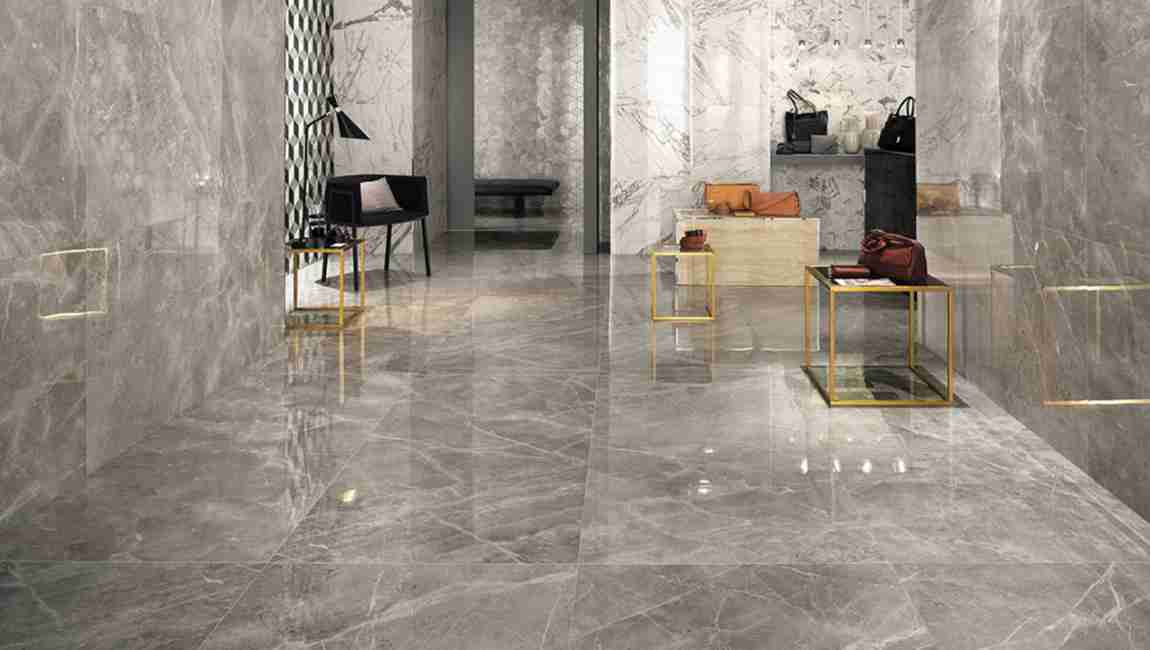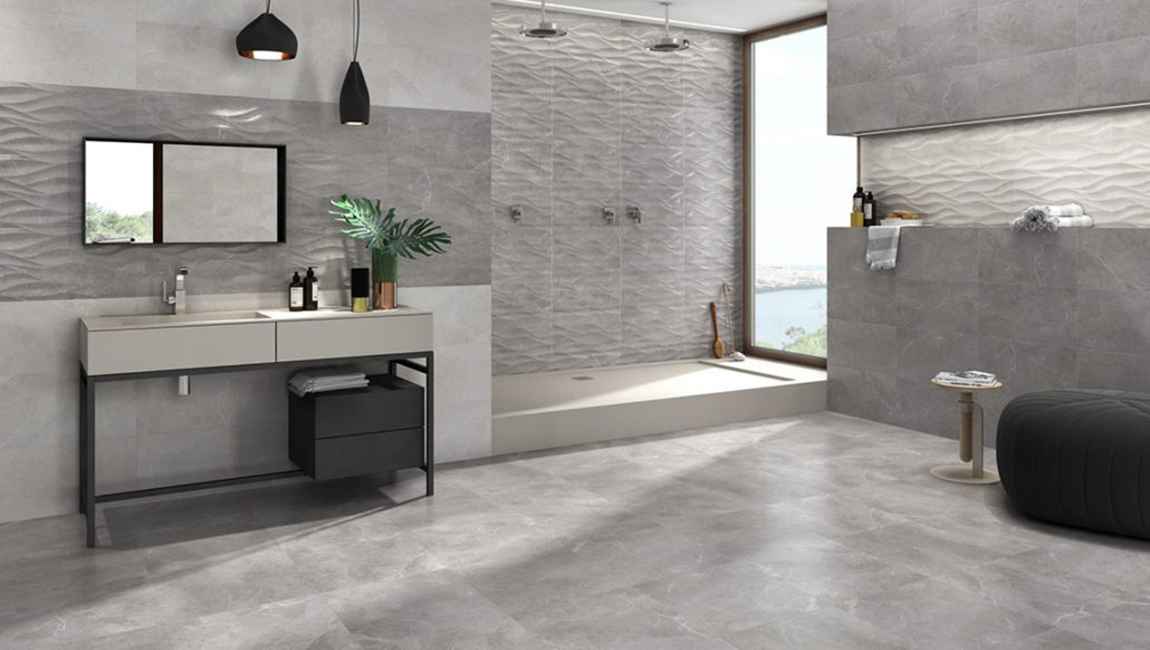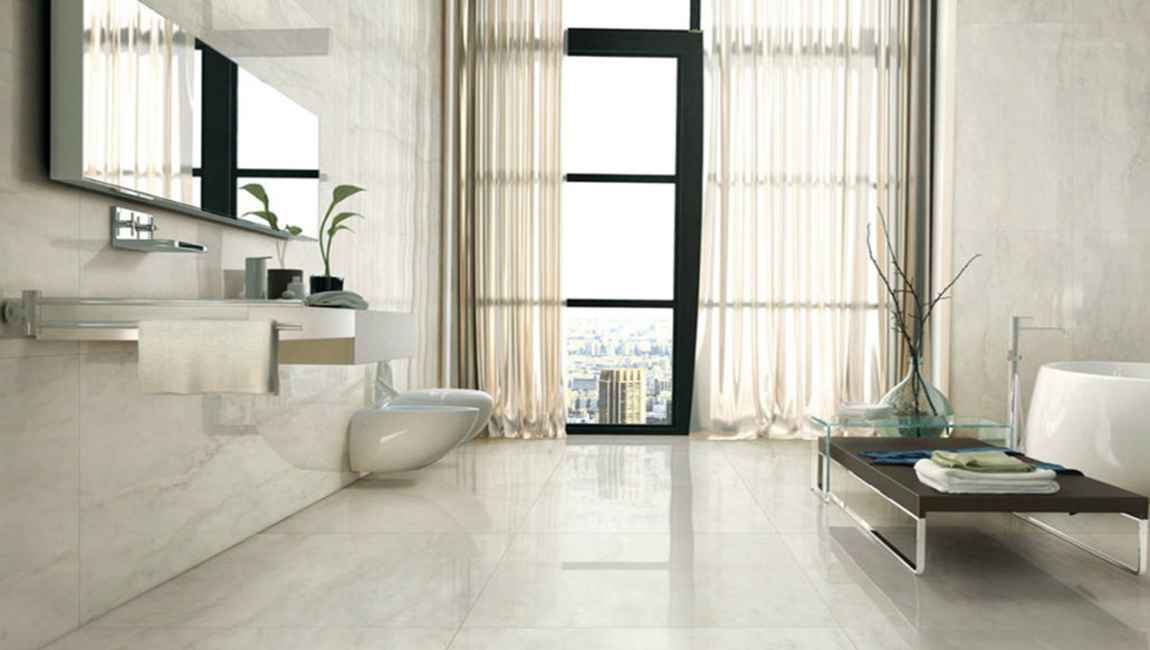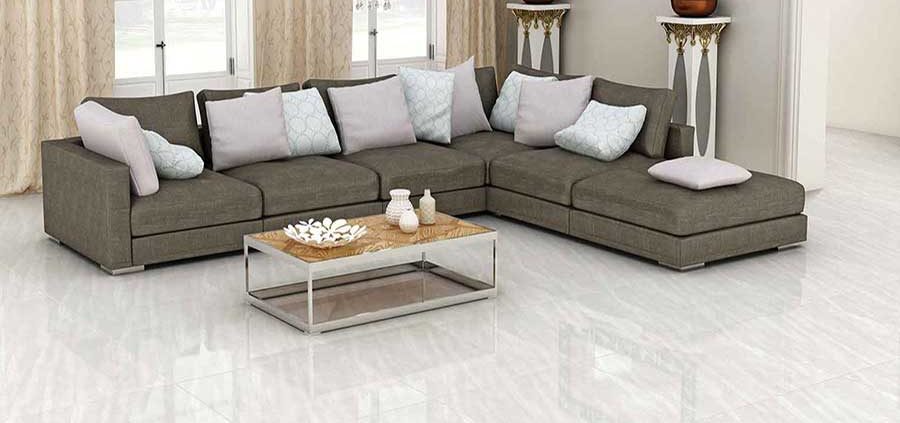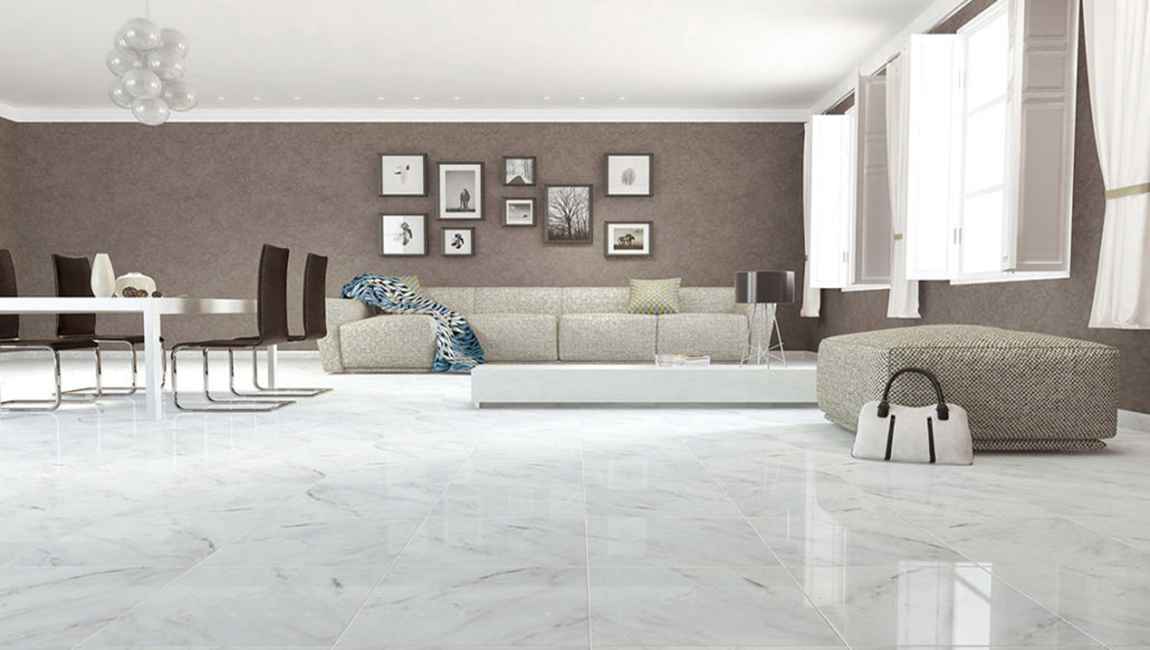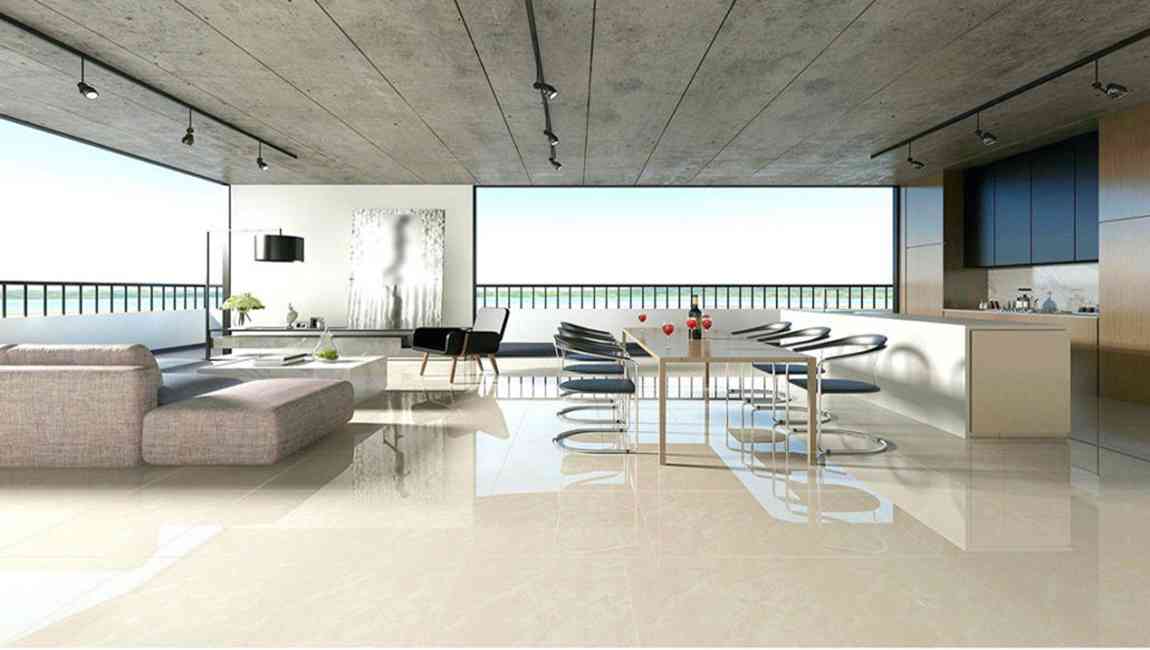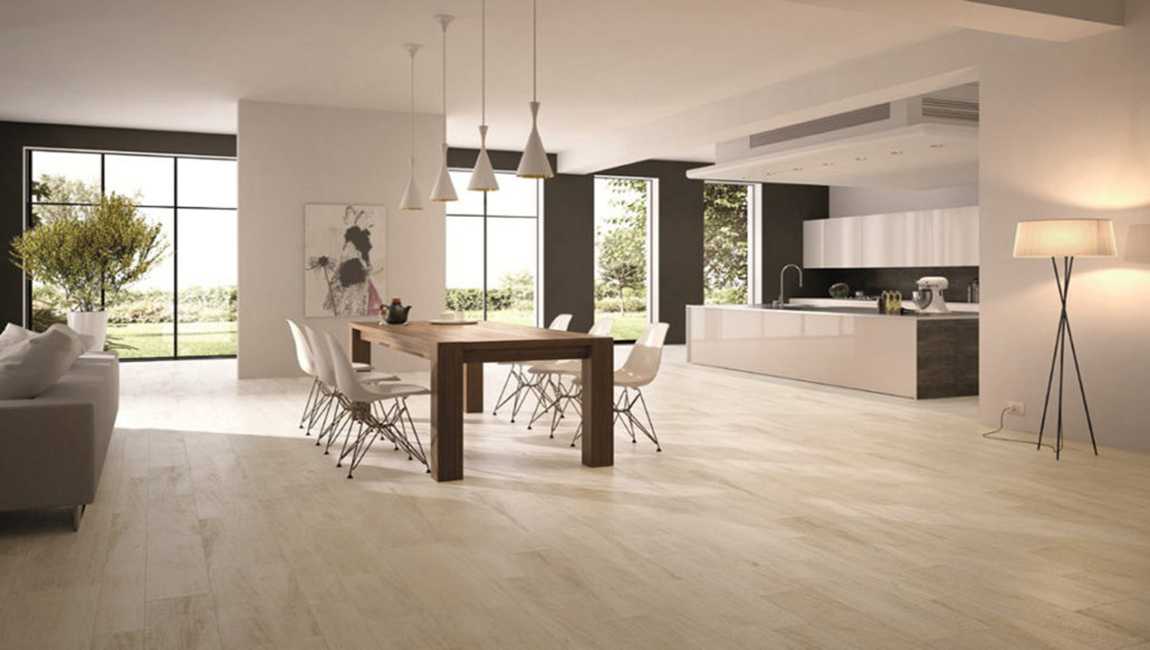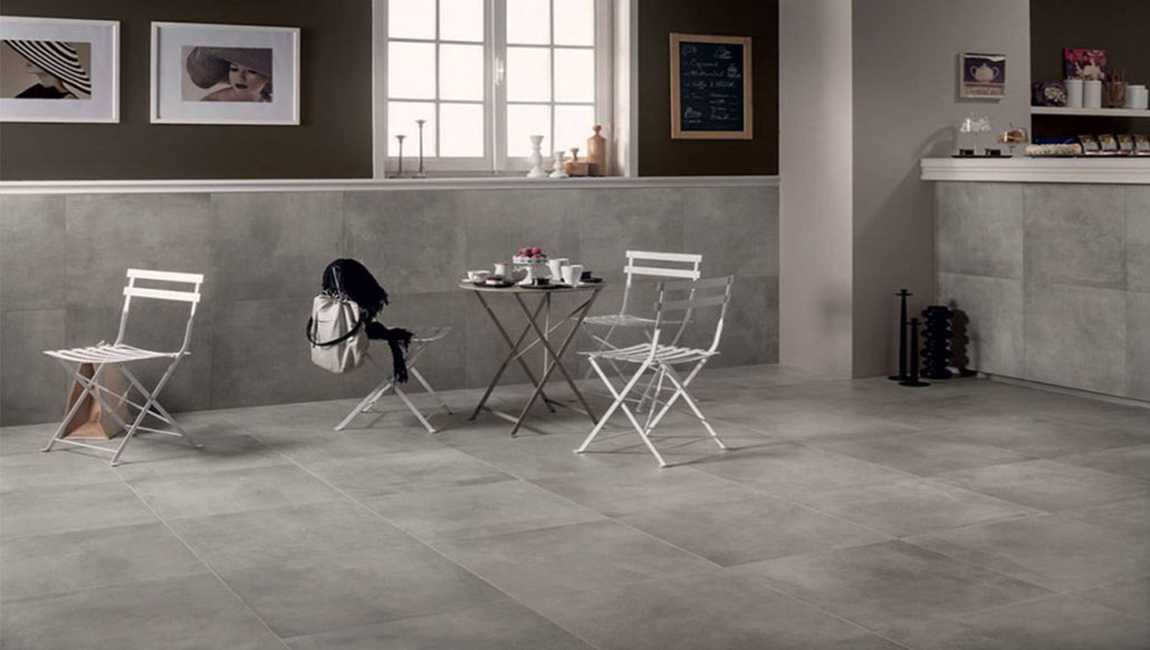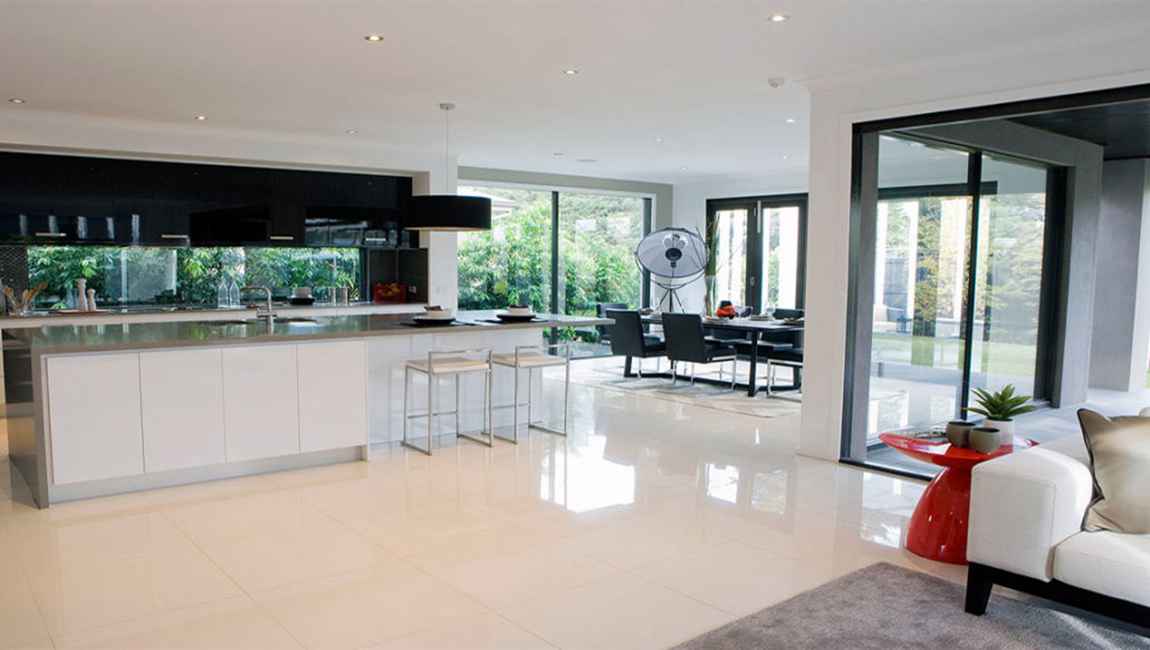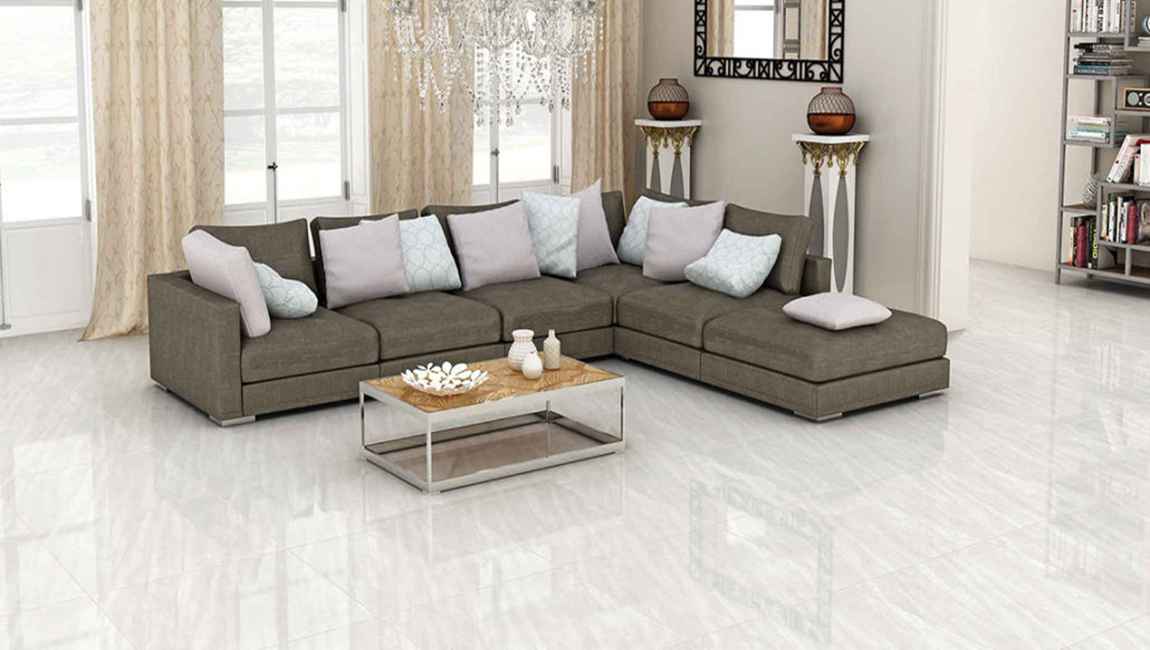What is the porcelain tile?
Porcelain tiles are ceramic tiles commonly used to cover floors and walls, with a water absorption rate of less than 0.5 percent. The clay used to build marble porcelain tiles is generally denser. They can either be glazed or unglazed. Porcelain tiles price are one type of vitrified tiles, and are sometimes referred to as porcelain vitrified tiles.
Although porcelain has been used for making marble tiles for many years, modern production methods and quantities has made porcelain tiles design available for the average householder in recent years. It has quickly replaced ceramic tiles as the most popular option. Large-scale production of porcelain tile is undertaken in many countries, with the major producers being China, Italy, India, Spain and Turkey. There are also countries undertaking small-scale production, such as Australia and strong growth in Brazil.
The wear rating of the tile can be graded from zero to five according to ISO 10545-7 (also, ASTM C1027) test for surface abrasion resistance of glazed tile, and this can be used to determine suitability for various end use conditions. Polished Porcelain tiles: the dense, hard surface of porcelain has made polishing tiles a viable alternative to a glazed surface. This means that a tile can be fired, then a polish cut into the surface, creating a shine without a glaze. Porcelain tile is much harder than ordinary ceramic tiles and is usually selected, despite its higher price, for its hard wearing nature. Porcelain tile can be used in both wet and dry areas such as bathrooms, showers and kitchens.
Disadvantages of porcelain tiles: Porcelain tile is denser and therefore heavier to handle than other ceramic tiles. For this reason, it is generally more expensive. Being harder, it is more difficult to cut and drill and requires specialist tools, which can hamper fitting and increase costs. Polished porcelain tile may need sealing, where ordinary glazed tiles do not. The glazed surface is coated with less than two microns. There are several ways to cut a porcelain tile. Power tools like an angle grinder, tile cutter, tile nipper, drill bit can be used to do this. However, the most effective way is to use a wet tile saw because of it’s versatility and cutting capacity.
Specialized cements are necessary for installation of porcelain tiles, and in the US specifications, are set by the Tile Council of America and supported by the Tile Contractors Association. Porcelain tiles, being denser and heavier than ordinary ceramic tiles, needs a stronger adhesive to hold the weight on walls. Therefore, typical ready-mix adhesives are not recommended for porcelain tiles. When porcelain tile is first made, it is not absorbent, but the polishing process for making the unglazed surface shiny cuts into the surface, leaving it more porous and prone to absorbing stains, in the same way as natural stone tiles. Unless they have a suitable, long-lasting treatment applied by the manufacturer (for example, nanotech treatment), polished porcelain tiles may need sealing. Porcelain tiles sealants are either solvent-based or water-based, which is cheaper, but does not last.


